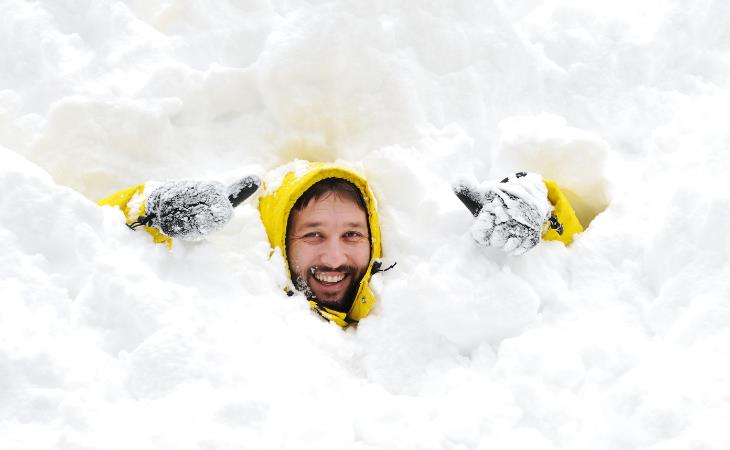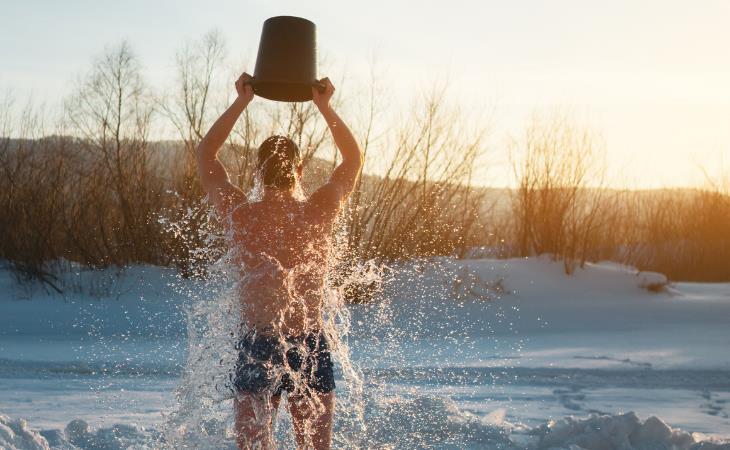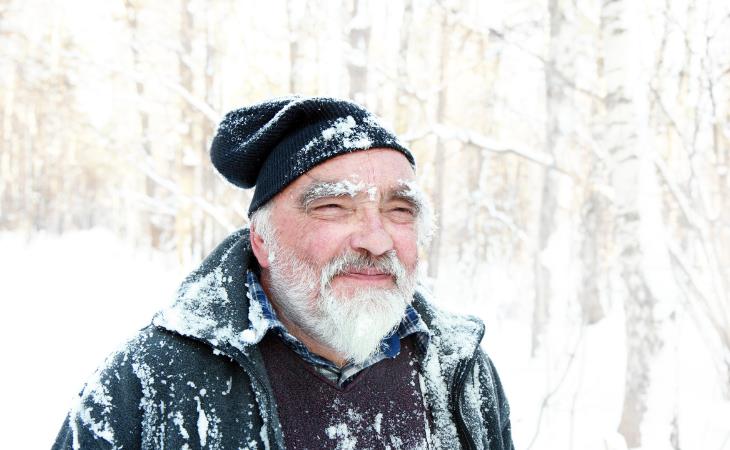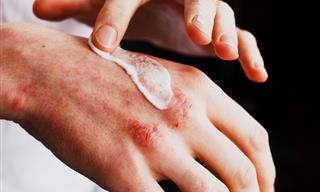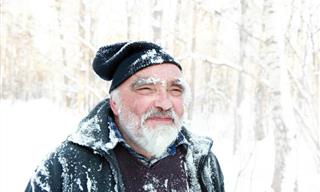Winter is coming, and with it, so do the shivers. Cold weather is a topic that invites a very long conversation, but in this article, we'll be focusing on a specific skill - building cold tolerance. Why would you want to do that? First off, it will pay off economically by lowering both the utility bill and the health bill. You won't catch colds, and the thermostat will stay at a lower temperature. Secondly, the cold has numerous health benefits we'll be discussing below. Let's begin.
Can everyone build cold tolerance?
The answer is a resounding yes. Everyone starts with a different tolerance to the cold; some may easily roam the snow while others shiver from the winds of the AC unit on a summer day. But everyone can build cold tolerance. Several studies and reviews have shown that, within 1-2 weeks of consistent cold exposure, the shivering will stop.
Your physique and age have an impact on your ability to tolerate the cold. Short, stout people will be better at retaining body heat than lean, tall people with long limbs. The high surface area to volume ratio causes the latter to lose body heat quicker, making them perfect candidates for hot climate living. Old age may also slow down metabolism, which lowers the body's ability to retain heat. There are also several nutritional reasons for low cold tolerance. Dr. Berg explains them all below:
How does an unacclimatized body cope with the cold?
Shivering is the human body’s initial response to the cold. Heart rate and metabolism go up to generate heat, and blood vessels constrict and draw back from the skin surface, causing skin temperature to drop. This happens to pull blood toward the inner organs to keep them at warm temperatures. That's also when goosebumps appear.
If you continue cold exposure after the 2-week mark, your blood vessels may not constrict, and your body temperature may not drop as dramatically as it initially did. At that point, you can successfully declare yourself acclimatized to the cold.
How does the body build cold tolerance?
Reacting to environmental stressors is hard-wired into the body and mind. The code is already written, and the mechanisms are there - you just have to activate them.
With a daily 20-minute cold exposure, the body starts building a layer of brown fat. It is a type of tissue that regulates body temperature in cold conditions. It is stored and generated in the upper spine and neck; the same area the brain monitors for blood temperature. This information allows the brain to understand how our ambiance affects inner temperature. That's why wearing a shawl, a scarf, or even letting your long hair down helps keep you warm.
Let's get practical - what do I have to do?
Easier said than done, but cold exposure is the only thing that will help build your tolerance. "The secret to acclimatizing to cold water is just to swim in it, often," as Kate Rew puts it. She's an English journalist who's been swimming in cold water for over a decade.
Consider it a test and a challenge for your perseverance. Anything that brings you shivers will do, but most sources recommend a cold shower in the comfort of your home. Start with 15 seconds of cold shower at the end of a warm shower, and with each next shower, add 10 seconds. You don't have to dip your head at first. If this is still too challenging, dip your body's extremities first and then go fully under the stream.
Here are our tips for succeeding:
* We recommend starting during the fall. When winter comes, you'll already be prepared.
* Mindset plays a big part. Think of the cold as energizing and not horrifying.
* Take the challenge on with a friend, if competition is what motivated you.
* Download the Wim Hof Application. The daily challenges may help you with consistency.
* A diet rich in protein and fat with little carbohydrate or plant food will also help you build cold tolerance.
Health hazard warning: If you have a heart condition, consult a physician before starting cold showers, as this causes the entire vascular system to constrict.
Are there any health benefits to cold exposure?
Certainly yes. 20 minutes of daily cold exposure will lead to a 200-300% increase in adrenaline, which lowers inflammation and increases energy production. A simple habit of cold showers will also decrease muscle and joint pain and boost your metabolism, mood, cognitive functions, and recovery processes. Talk about invigorating!
Surprisingly, all the things we intuitively do to support our body temperature weaken our cold tolerance. According to Marius Brazaitis, the first author of a study about severe cold acclimation, "Putting on more clothes, drinking more hot drinks, increasing room temperature, consuming more food, which increases inner metabolic rate— this behavior does not allow [the body] to become more resistant to cold."
Won't the cold make me sick?
Countless studies have shown that simply feeling cold doesn't make you catch a cold. Colds and flu are strictly caused by viruses and nothing else. Why, then, the surge in sickness in winter? Several reasons are listed:
1. Staying indoors with no ventilation raises pathogens in the air.
2. Some viruses thrive in less humid climates, as is often the case in winter.
3. Mucus in your nose dries due to lack of humidity and becomes less potent in blocking pathogens.
4. Lack of vitamin D due to low sun exposure weakens your immune system.
5. If you're not cold-tolerant, your blood vessels constrict due to the cold, and when that happens, white blood cells travel less quickly, making the immune system less reactive.
 Go to BabaMail
Go to BabaMail



